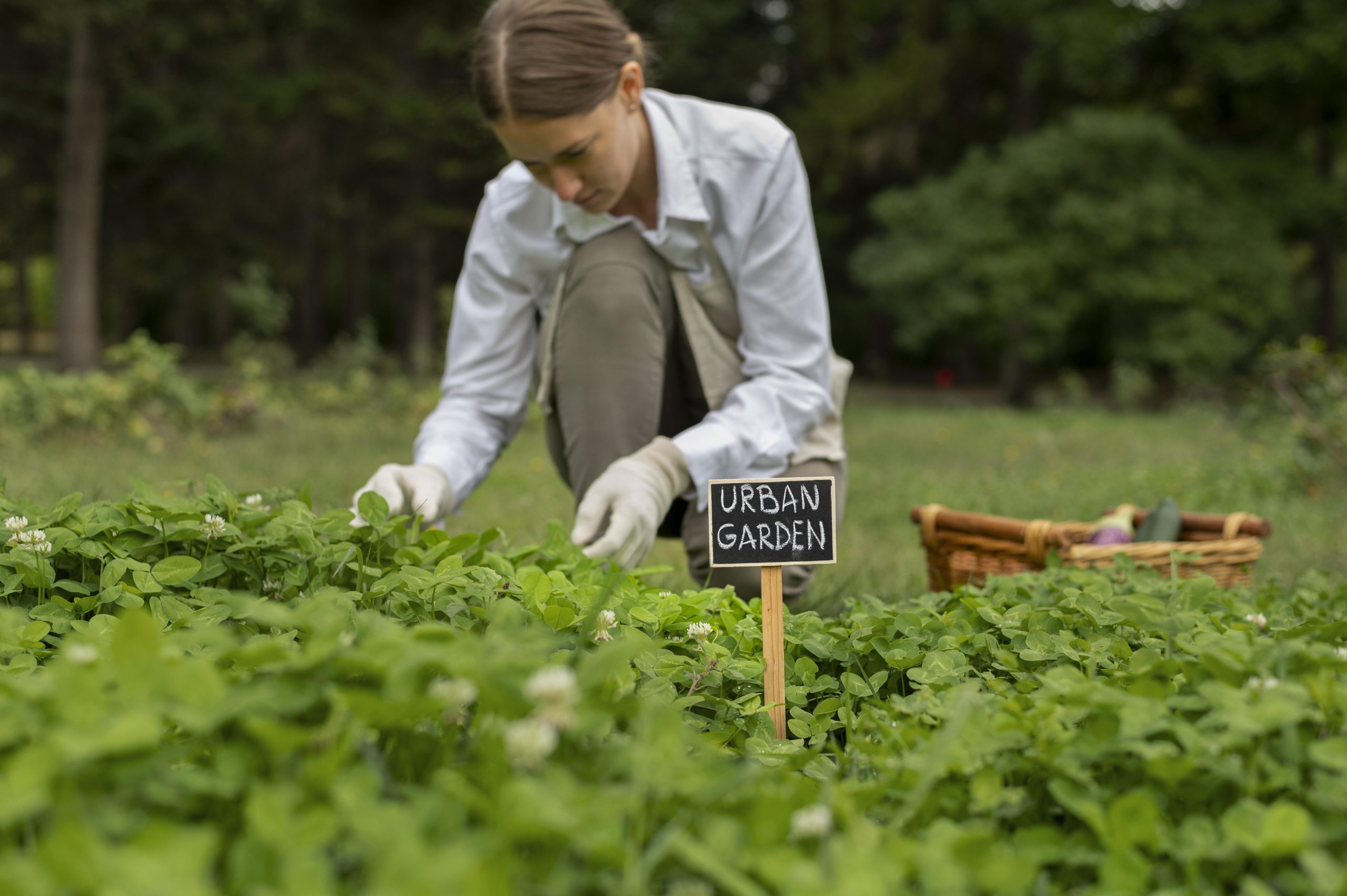Plant Identification and Tracking
RFID technology allows for accurate and automated plant identification and tracking. Each plant or tray is equipped with an RFID tag containing unique information. RFID readers can identify and track the movement of plants throughout the greenhouse, providing real-time data on their location and growth stage.


 +1 888 655 8029
+1 888 655 8029














